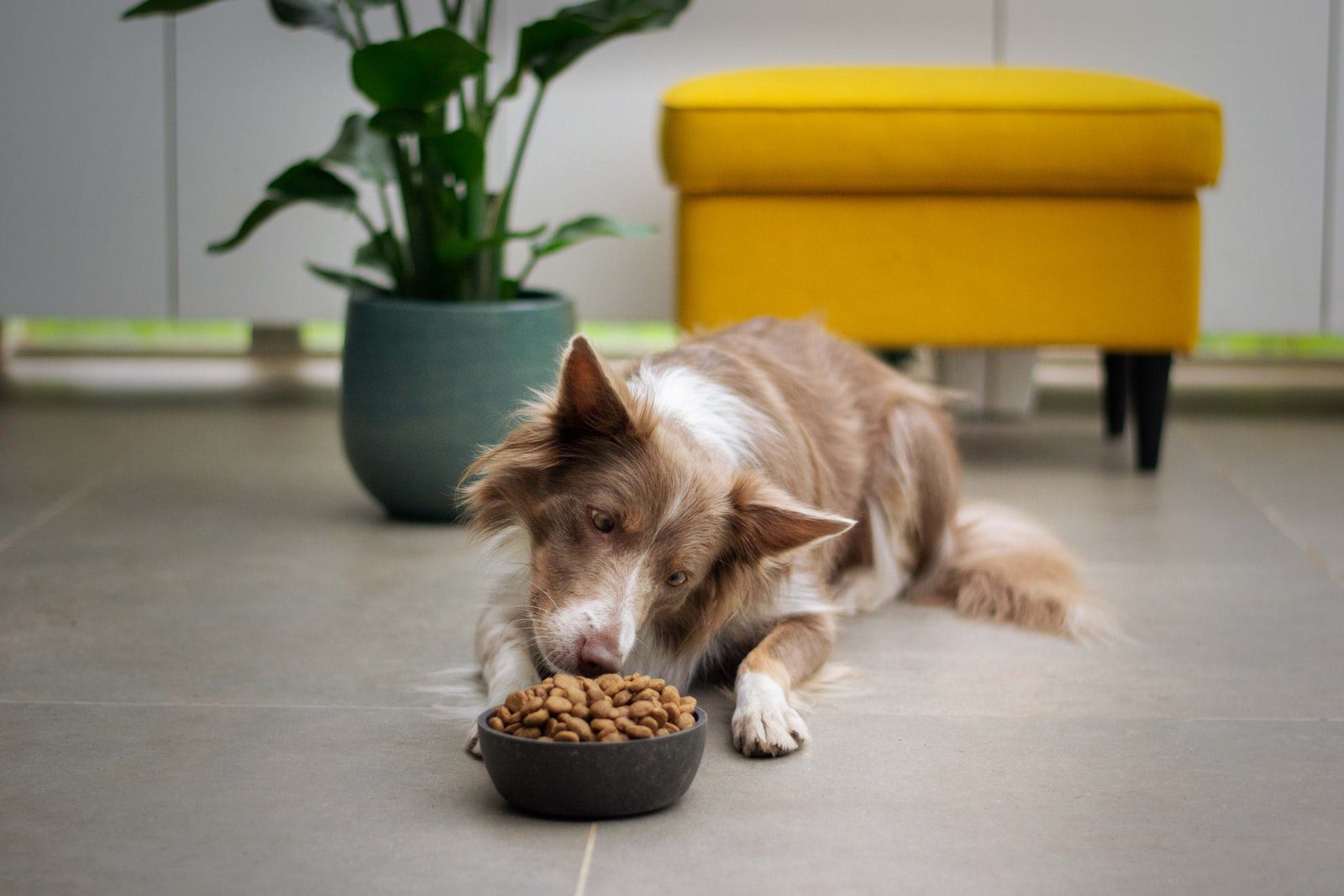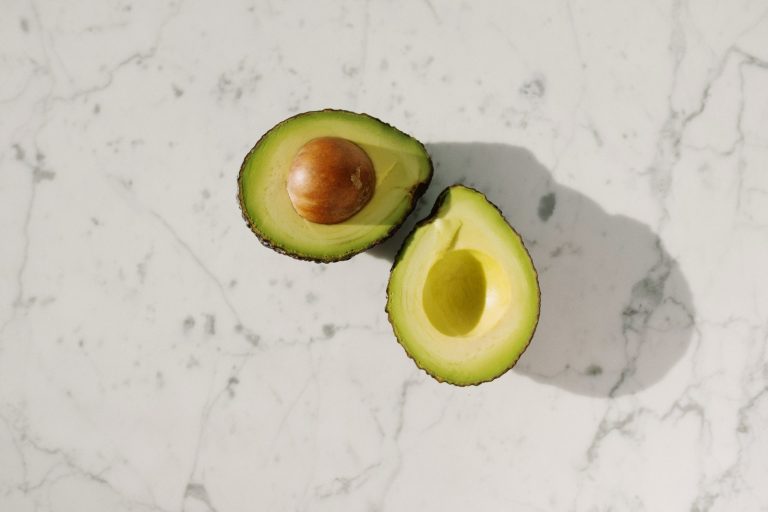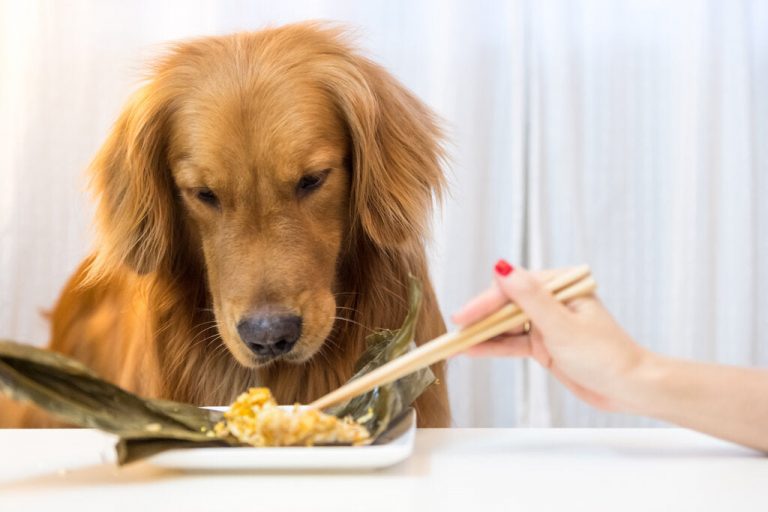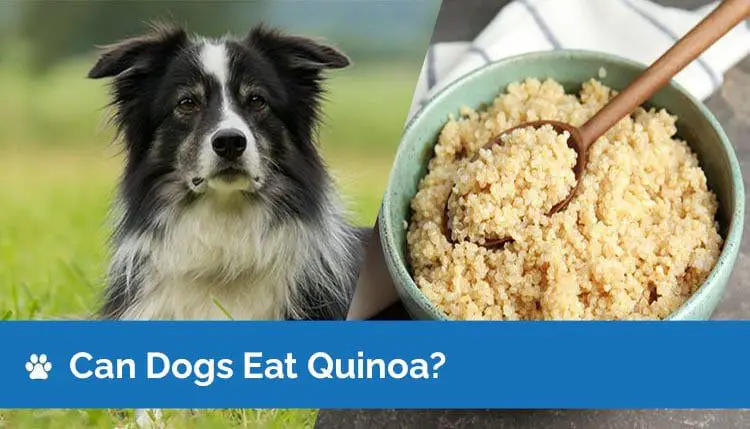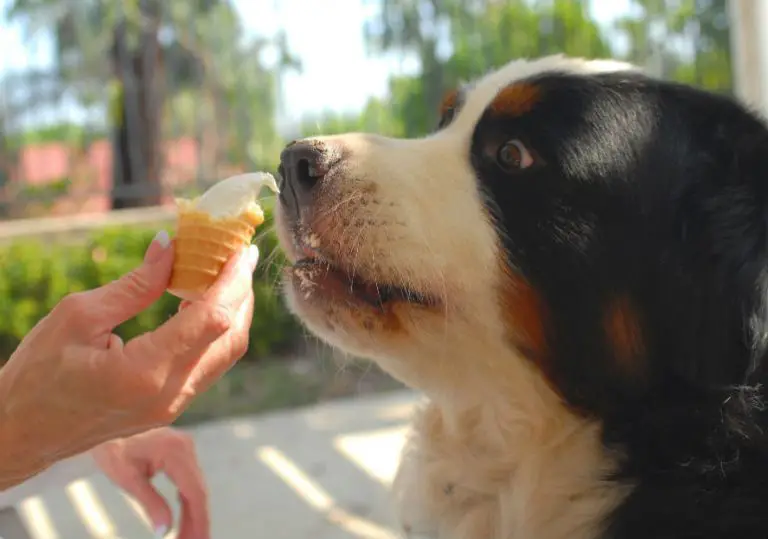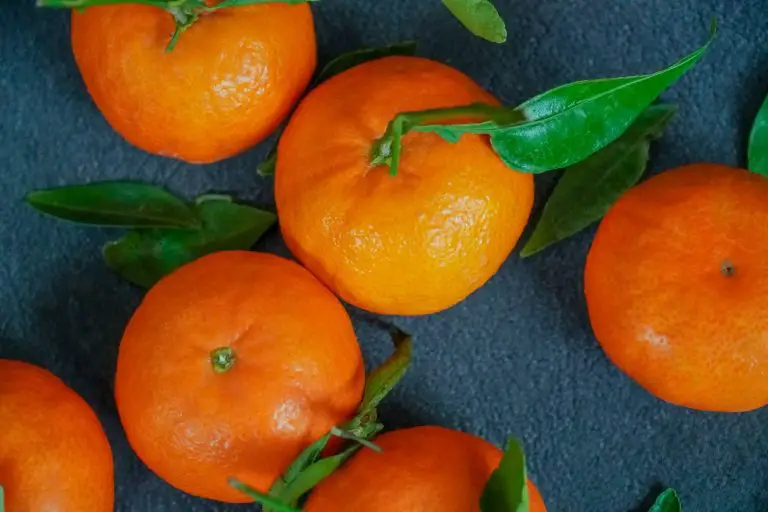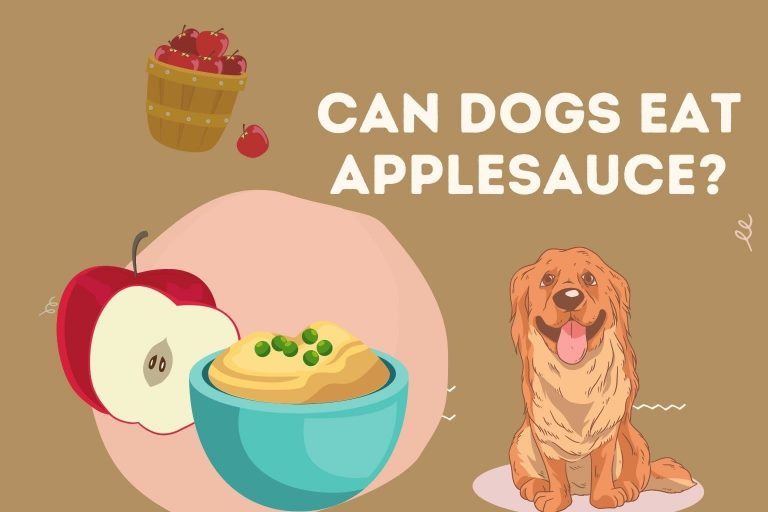In this era of healthier living, people are eating fewer processed foods and replacing them with healthy, organic options. This is true of lots of pet owners as well. It also just makes sense to many pet parents that eating the same meal every day for years couldn’t be very nutritious for the dog, and it would be miserable. Homemade dog food contains no preservatives, and no additives, unlike dry dog food. It also contains far fewer calories than dry dog food. So, with these things in mind, many pet parents are interested in homemade dog food. There are several things you need to know before you start cooking, however. Here’s everything you need to know about making dog food!
First, you need to know what dogs can eat and what they can’t. Some foods are nutritious for dogs, while others can be toxic and even fatal.

Safe Foods For Dogs:
- Coconut
- Corn
- Grains/wheat: this includes bread, rice, and quinoa. Bread has little to no nutritional value and can really pack on the carbs and calories, so you want to limit the amount of bread you feed your pooch. Brown rice is really nutritious and you can read more about feeding your dog brown rice here:
- Eggs
- Ham: in small doses. There are a lot of preservatives and salt in ham.
- Honey
- Peanut butter
- Peanuts and cashews: Not the salted variety!
- Popcorn – nice for occassional treat
- Pork: dogs are a lot less likely to be allergic to pork than other meats. It’s also really easy for them to digest!
- Salmon, tuna and other fish: When feeding your dog tuna, make sure it’s in water, not oil. Limit how much tuna you’re feeding them, as well. It contains mercury and salt. But, otherwise, fish has lots of good fats and Omega 3 in it, which is good for joint, brain and heart health.
- Shrimp
- Turkey
- Milk, yogurt, and cheese: Dogs frequently have trouble digesting dairy products, so limit how much you give to them.
Nutrition And Serving:
With consideration to nutrition, a lot of people would just feed their dogs some of everything on the list above, because as pet parents, we love to spoil our pets and give them everything they want. But, that isn’t going to cut it. No, your fur baby has different nutritional needs than you do, and you need to know what their version of a food pyramid looks like before you start cooking your doggo fabulous, gourmet meals!
First of all, dogs need lots of protein. We all know that they tend to love meat, so it doesn’t come as a surprise that they require lots of protein. What is surprising if you’ve ever read the ingredients on a bag of dry dog food is that they don’t require a lot of carbs or calories. The first ingredient in most types of dry dog food is some type of grain, which contains both carbs and calories. So, basically, when most companies make dog food, they do it with cost in mind, not your dog’s nutrition, which is another reason that people are starting to make their own dog food. Your dog also needs fatty acids, which you can get from plant oils, fish, egg yolks and oatmeal.
There are a couple of things about dog nutrition that people find surprising. Dogs actually
need vegetables. Vegetables contain vitamins and minerals that meat simply does not. They also need calcium, so you need to either get a supplement for your pooch or crush up some eggshells and put it on or in every meal.
Most people generally agree with some variation of this guideline:
- 50% Protein
- 10% Carbs
- 40% vegetables
I’ve seen charts that varied a little, with 40% protein and 50% vegetables. But, the idea is that you need about the same amount of both, with some carbs, oils, and calcium added in.
Serving sizes vary by the weight of your dog. Watching portions is important because dogs are prone to weight gain, which can cause other health problems. This is generally a good guide:

What Not To Feed Your Dog:
- Pecans
- Almonds
- Excess Salt: Salt can cause water retention and heart problems.
- Fatty foods: Fatty foods can cause weight gain and heart problems, not to mention a slew of other health concerns, so you really want to limit them.
- Chocolate: This is something that nearly everyone knows is bad for dogs. But it’s not because they’re allergic to it. It’s because it contains methylxanthines. Methylxanthines are toxic stimulants that can completely shut down a dog’s metabolic and digestive systems.
- Cinnamon
- Garlic, onions, chives, and leeks
- Bones: Bones can obstruct and perforate the throat or digestive tract, which can lead to surgery or even death!
- Raw meat: Raw meat can contain bacteria and make your dog really sick. Even if your dog doesn’t get sick, it can become a carrier of the bacteria and make you sick. Read more about the dangers of raw meat here: (insert link) https://dogpages.net/raw-food-diets-dog-benefits-risks/
- Grapes and raisins
Recipes:
Here are a few recipes to get you started, but bear in mind that they don’t contain calcium and you’ll have to supplement.
- Turkey, Rice and Vegetable Medley: Makes approximately 12 cups
- 6 cups water
- 1 pound ground turkey
- 1 teaspoon dried rosemary
- ½ of a 16 oz. Package of frozen mixed broccoli, cauliflower, and carrots
- 2 cups uncooked brown rice
Directions:
- In a Dutch oven or large pot, place all the ingredients except the frozen mixed vegetables. Stir until everything is evenly distributed and the turkey is broken up.
- Over high heat, bring the mixture to a boil.
- Reduce to low heat and simmer 20 minutes.
- Add frozen mixed vegetables and cook another 5 minutes.
- Remove from heat and refrigerate until ready to serve.
Here is an incredibly creative video containing a recipe for beef stew for dogs, where a dog is actually helping to cook. The commentary is great, and the recipe is a simple crockpot recipe!
This is a trend right now, so there are tons of recipes. Google “how to make dog food” and you’ll have a great list. There are also a ton of videos on YouTube on the subject, so when you Google “how to make dog food”, you can click over to the video tab, as well.
Before You Start Your Dog On This Diet:
Any time you change your dog’s diet, you should check with the veterinarian first. You also have to remember calcium supplements and to make sure that your dog is getting enough fatty acids. Other than that, making homemade dog food is not only easy and fun, it’s a much better alternative than dry, processed dog food and your fur baby will surely love the change!

